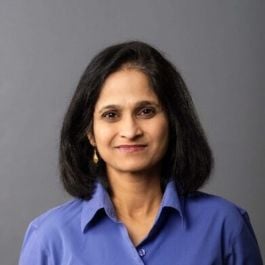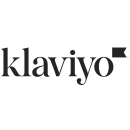Women’s Equality Day, observed annually on August 26th in the United States, commemorates the long and ongoing struggle for gender equality. The day marks a significant milestone in the history of women’s rights — the passage of the 19th Amendment to the U.S. Constitution in 1920, which granted women the right to vote.
In the initial proclamation to mark the first observance of Women’s Equality Day in 1973, President Richard Nixon remarked, “The struggle for women’s suffrage, however, was only the first step toward full and equal participation of women in our Nation’s life. In recent years, we have made other giant strides by attacking sex discrimination through our laws and by paving new avenues to equal economic opportunity for women. Today, in virtually every sector of our society, women are making important contributions to the quality of American life. And yet, much still remains to be done.”
Across industries, inequities in representation, compensation and leadership remain, even as advances continue to be made to support women’s advancement politically, economically and professionally.
In tech, women have made massive contributions to the field from the earliest days of computing and continue to push the industry forward toward full equity.
Long before equality was legally upheld, Ada Lovelace, an English mathematician and writer, worked with Charles Babbage on his Analytical Engine, a mechanical general-purpose computer. During this partnership in the 1840s, Lovelace wrote what is considered the first algorithm intended for a machine to execute.
A century later, women were instrumental in the development of early computing technology during World War II while working on the Electronic Numerical Integrator and Computer. ENIAC became one of the first general-purpose electronic digital computers, and the “ENIAC girls,” a group of six women — Kay McNulty, Betty Jennings, Betty Snyder, Marlyn Wescoff, Fran Bilas and Ruth Lichterman — programmed it to perform complex calculations essential for the war effort.
Even as the role of women in tech began to decline after World War II, when men returned from the war and reclaimed jobs, women continued to make significant contributions. In 1962, Mary Allen Wilkes created the first personal computer operating system for the Laboratory Instrument Computer, a precursor to the modern personal computer. As personal computing expanded rapidly in the 1980s, Radia Perlman developed the Spanning Tree Protocol, which is crucial for the operation of network bridges and remains fundamental to network design today.
Today, women remain underrepresented in tech, particularly in technical and leadership positions. Issues such as gender bias, workplace harassment and the “leaky pipeline” — where women leave tech careers at higher rates than men — continue to be significant challenges, but that’s not the whole story.
Anagha Rangarajan, senior director of engineering at Klaviyo, has seen dramatic changes in how employers support women both in and out of the workplace over the course of her career.
“I’ve worked in the tech industry for over 20 years, and I’ve seen significant improvements over time,” she told Built In Boston.
While challenges remain, the future holds promise for greater gender equality in technology, with women continuing to break barriers and redefine what’s possible. In honor of Women’s Equality Day, Built In Boston heard more from Rangarajan about how Klaviyo supports the ongoing advancement of women in tech.
Klaviyo is a marketing platform that transforms first-party data into customized digital experiences.
Describe your experience as a woman in tech. What are some of the challenges you’ve faced, and how have you overcome them?
I’ve worked in the tech industry for over 20 years, and I’ve seen significant improvements over time. Initially, I struggled to balance my family and professional life, but with the introduction of parental leave, flexible work hours and hybrid work arrangements, women and parents are receiving better support today.
“With the introduction of parental leave, flexible work hours and hybrid work arrangements, women and parents are receiving better support today.”
Another challenge I faced was establishing credibility as a woman with a strong technical voice. However, at Klaviyo, inclusivity is a priority, and I appreciate that we are intentional about ensuring that all voices are heard.
What are your professional goals, and how has Klaviyo enabled you to pursue them?
I enjoy creating products that customers find valuable and use. At Klaviyo, I am focused on developing user-friendly experiences within the core marketing application. Witnessing our customers’ success as they embrace these features is fulfilling. My personal objectives include advancing as a leader, fostering a culture that enables engineers to excel and contributing to Klaviyo’s growth.
Klaviyo offers a comprehensive range of career development resources, including a $3,000 learning stipend for ongoing education, career counseling, conference attendance and a free book program.
How does Klaviyo celebrate and empower women?
I participate in hiring early-career talent, including interns and co-op students. We focus on recruiting from a diverse talent pool and provide professional support throughout their internships. This includes finding the right mentors and maintaining regular communication to ensure a positive learning experience.
When it comes to promotions and career development, we consider different learning and collaboration styles to ensure inclusive decision-making. Our engineering culture is characterized by openness and transparency. We encourage public discussions on Slack and consider constructive feedback to be the norm.







